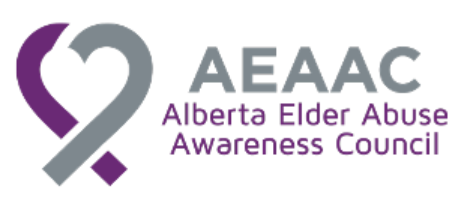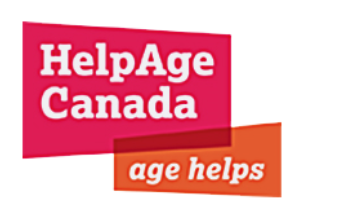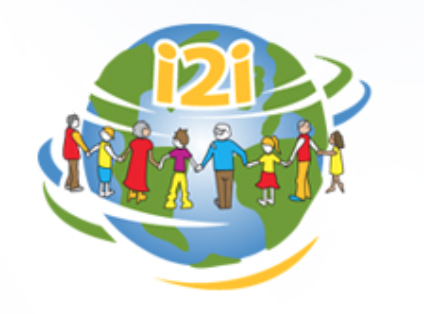- Details
- Published: 20 January 2022
By Lori Mars, JD
Reposted with permission from the National Center on Elder Abuse (US).
Three years ago, as 86-year-old Evelyn was cooking dinner for herself and her 60-year-old son, Manny, who lived in the apartment next door, the pair began to argue about a subject neither can now recall. Though the origins of the disagreement are unclear, the events that followed have been unforgettable. The quarrel quickly devolved into a physical altercation, with Manny dragging his mother to her bedroom, ramming her head into her mattress, and threatening to kill her. While Evelyn gasped for air, Manny placed a pillow on his mother’s head, forcing her face back into the bed, before releasing his hold on the breathless woman and returning to his apartment. One hour later, Manny, who has a long history of mental illness, returned, banging on the door and demanding entry. Fearing for her safety, Evelyn called police and Manny was arrested.
About the same time, in an unrelated case and distant location, Reyna, a 74-year-old divorced grandmother, joined an internet chatroom in search of companionship. Instead of the friendship she desperately sought, she found a predator who preyed on her loneliness and naivete. Over months, he ensnared the woman, susceptible to his charms and deceit, in a romance scam that robbed her of her financial and emotional security. Devastated, Reyna was too embarrassed to reveal the incident or its impact to friends and family. The perpetrator remains at large.
“Evelyn” and “Reyna’s” accounts are real, but at their behest their names have been changed and the facts slightly modified to preserve their anonymity. Both were hesitant to talk about the abuse experienced and risk public exposure. These incidents are typical of the life-altering elder mistreatment too often experienced by older adults. The victims’ reluctance to disclose abuse is similarly common and equally concerning.
Barriers to Disclosure and Help-seeking
Reasons for nondisclosure are personal, nuanced, and varied: older people may fear that exposure will result in retaliation or worse treatment from the offender; many are unwilling to report abusive caregivers upon whom they depend for essential needs; some fear the threat of institutionalization; or they may be inhibited from revealing the incident because of shame and embarrassment. Often, victims are protective of offending family members and loath to incriminate them out of love, loyalty, and/or cultural beliefs. Those with significant cognitive impairment may be unable to recall events, communicate the abuse experienced, or even recognize that abuse has occurred.[i]
According to Miles McNeeley, MSW, Director of the Holistic Elder Abuse Response Team (HEART) at WISE & Healthy Aging in Southeast Los Angeles, which provides case management, advocacy, and counseling to elders, many older victims choose not to divulge mistreatment fearing disapproval from those closest to them. Although family and friends from whom victims seek solace can be a valuable and supportive resource, victims also report experiences of judgment and reproach from loved ones. In one of McNeeley’s cases, family members rejected their parent who confided financial abuse, even though the elder was left destitute and unable to cover basic needs.
Friends and relatives are not the only ones who can be dismissive. At times, law enforcement officers and other service providers can be critical of older complainants. Invalidating responses are deeply felt by older victims and perceived as challenges to their agency and independence. In addition to eroding their sense of self-worth, pejorative comments can revictimize the elder and inhibit help-seeking behavior. The impact on victims can be consequential: impelled silence, continued suffering, and enduring harms.[ii] It is estimated that only 1 in 24 incidents of elder mistreatment are actually reported by victims. And fewer than 15% of those harmed access formal support services each year.[iii] Some elders will only seek help when the mistreatment is unendurable or they are in danger,[iv] leaving victims without appropriate intervention and relief.
Research regarding victim nondisclosure is limited. It is mostly anecdotal and hypothetical, culled from focus groups and vignettes from adults who have not experienced abuse. Victims like Evelyn and Reyna are disinclined to report offenses or share the reasons for remaining silent.[v] Victim disclosure is typically a non-linear and attenuated process, often marked by hesitancy and fear.[vi] Multiple help-seeking efforts may be attempted before individuals ever connect with protective or supportive services. Prolonged periods of fraught indecision, even amid abuse, are likely mediated by personal, relational, and contextual factors.[vii]
Facilitating Disclosure
Given the multifactorial barriers to disclosure, how can we better support older victims who live with abuse?
- Elicit the voice of the abused older adult to better understand the unique barriers to disclosure and build resources that may facilitate relief.
- Educate health care, social service, and law enforcement providers in trauma-informed and victim-centered approaches.
- Create awareness campaigns through social media, social networks, and faith-based centers that inform individuals of the types and signs of mistreatment and avenues for relief.
- Provide culturally and linguistically appropriate community services by trained providers.
- Fund victim-centered programs like HEART at WISE & Healthy Aging that provide tailored supports and services.
- Consider interventions that embrace both the victim and the offender who may need support with mental health or substance abuse issues.
- Suggest alternative forms of relief to the older person that align with their needs and wishes, including restorative remedies like elder mediation to resolve conflict, rather than, or in addition to, criminal justice solutions.
While there are no uniform solutions to address the complex individualized needs of those impacted, we can engage strategies to advance a culture of respect and acceptance, one that de-stigmatizes disclosure, and meaningfully supports older people in need.
For more information about the HEART program at WISE and Healthy Aging, please access the following website link or contact HEART at (310) 394-9871, ext. 423.
[i] Truong, C., Burnes, D., Alaggia, R., Elman, A., & Rosen, T. (2019). Disclosure among victims of elder abuse in healthcare settings: a missing piece in the overall effort toward detection. Journal of elder abuse & neglect, 31(2), 181-190
[ii] Gill, J. K. (2021). Barriers to help seeking among victims of elder abuse: a scoping review and implications for public health policy in Canada. Canadian Journal on Aging/La Revue canadienne du vieillissement, 1-16.
[iii] Gill, J. K. (2021). Barriers to help seeking among victims of elder abuse: a scoping review and implications for public health policy in Canada. Canadian Journal on Aging/La Revue canadienne du vieillissement, 1-16.
[iv] Fraga Dominguez, S., Storey, J. E., & Glorney, E. (2021). Help-seeking behavior in victims of elder abuse: A systematic review. Trauma, Violence, & Abuse, 22(3), 466-480.
[v] Fraga Dominguez, S., Storey, J. E., & Glorney, E. (2021). Help-seeking behavior in victims of elder abuse: A systematic review. Trauma, Violence, & Abuse, 22(3), 466-480.
[vi] Truong, C., Burnes, D., Alaggia, R., Elman, A., & Rosen, T. (2019). Disclosure among victims of elder abuse in healthcare settings: a missing piece in the overall effort toward detection. Journal of elder abuse & neglect, 31(2), 181-190.
[vii] Truong, C., Burnes, D., Alaggia, R., Elman, A., & Rosen, T. (2019). Disclosure among victims of elder abuse in healthcare settings: a missing piece in the overall effort toward detection. Journal of elder abuse & neglect, 31(2), 181-190.

















